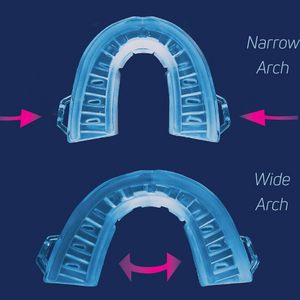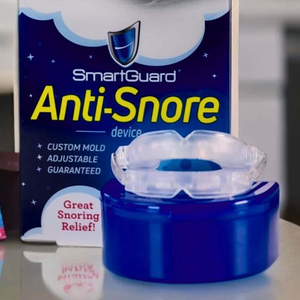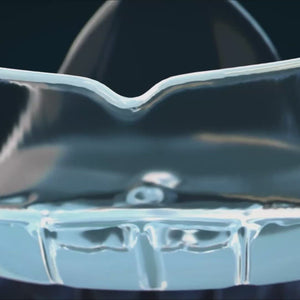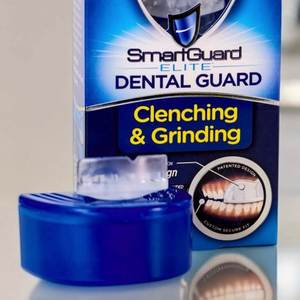Apr 16, 2024
HOMER SIMPSON’S FAVORITE SLEEP DISORDERS
We hear news reports about bizarre illnesses that baffle doctors and scientists. Flesh-eating viruses, super-bacteria, mysterious symptoms of a never-hear-of “syndrome” leave us with fear of the unknown and fodder for the paranoid. Even the TV show House exposed us to quite unsolvable maladies. But, could the “Believe it or Don’t” invade our precious sleep, as well? Certainly! Sleep, too, has its share of the rare and strange; and if Homer Simpson could choose his own sleep disorder, it would undoubtedly be one of these.
- Rapid Eye Movement Behavior Disorder (RBD): Most people experience deep and relaxed sleep during REM (Rapid Eye Movement) sleep. However, individuals with RBD exhibit violent movements or vocal sounds during this phase, often in response to specific dreams. Interestingly, nerve patterns that usually prevent extremity movement during regular sleep are not activated in RBD. It is sometimes associated with dementia, Parkinson’s, and other neurological conditions.
- Exploding Head Syndrome (EHS): People with EHS hear sounds resembling explosions, gunshots, or crashing symbols during sleep. Although pain is not associated with these sounds, they certainly can be unsettling. The exact cause remains unclear, but counseling and specific medications have shown some effectiveness in managing EHS. Exploding Head Syndrome is a fascinating phenomenon that occurs during sleep.
EHS is a type of sleep disorder where you hear a loud noise or explosive crashing sound in your head. The curious part is that this sound isn’t real, and others around you don’t hear it either. It typically happens as you’re falling asleep or when you wake up during the night.
Despite its dramatic name, the episode is painless—no actual explosions involved! Along with the loud sound, EHS can sometimes be accompanied by flashes of light and muscle jerks (myoclonic jerks).
WHO GETS EXPLODING HEAD SYNDROME?
Researchers don’t have precise numbers, but it’s more common in females. EHS can affect people of all ages, including college students. Some studies suggest that 16% of college students report experiencing EHS.
The frequency of EHS episodes varies from person to person. Some have several episodes in a single night, while others experience them intermittently.
As for triggers, it’s still a bit of a mystery. Some individuals associate EHS with feeling stressed or tired.
An EHS episode typically lasts less than a second—blink, and it’s gone! The good news? EHS isn’t dangerous and doesn’t harm your overall health 1.
So, if you ever find yourself hearing imaginary fireworks or cosmic drum rolls in your head while drifting off to dreamland, rest assured—it’s just your brain having a quirky moment!
- Shift Work Sleep Disorder: Individuals who work night shifts or rotating schedules may struggle with falling asleep due to disruptions in their circadian rhythm. The body’s internal clock becomes out of sync, leading to difficulties in determining when to be awake or asleep. Light and darkness, which signal sleep, are disrupted for night workers.
- Restless Leg Syndrome (RLS): RLS occurs during relaxed moments, especially during sleep. It causes uncontrolled leg movements characterized by throbbing, twitching, or shaking. Women are more affected than men, and there seems to be a genetic component. Unfortunately, relaxing does not stop the movements, leading to severe sleep disturbances. RLS is also known as Willis-Ekbom disease, a fascinating condition that affects the nervous system and sleep patterns.
SYMPTOMS AND TREATMENTS OF RESTLESS LEG SYNDROME
The hallmark symptom of RLS is an overwhelming urge to move the legs. This urge is often accompanied by uncomfortable sensations in the legs, such as throbbing, itching, or aching.
These sensations typically begin when you’re resting, especially after lying down or sitting for an extended period. You might experience them while sitting in a car, on an airplane, or at the movie theater.
Interestingly, movement provides temporary relief from these sensations. So, stretching, jiggling your legs, pacing, or walking can ease the discomfort.
RLS symptoms tend to worsen in the evening and mainly occur at night. Some people also experience nighttime leg twitching.
Treatment involves lifestyle changes and medications, such as regular exercise, avoiding aggravation foods, iron replacement, antidepressants, calcium channel regulators, and sedatives.managing underlying conditions.
- Delayed Sleep Phase Syndrome: This disorder affects the timing of a person’s sleep-wake cycle. Individuals with DSPS have a delayed sleep onset, making it challenging to fall asleep at conventional bedtime. Their internal clock is out of sync with the typical day-night cycle. DSPS is more than the common challenge many people, especially teenagers, face in falling asleep, in which the sleep hormone melatonin is in low supply. Supplementing with melatonin pills often helps bring sleepiness.
Remember that while these disorders are rare, they can significantly impact an individual’s quality of life. If you suspect any sleep-related issues, consulting a healthcare professional is essential.







